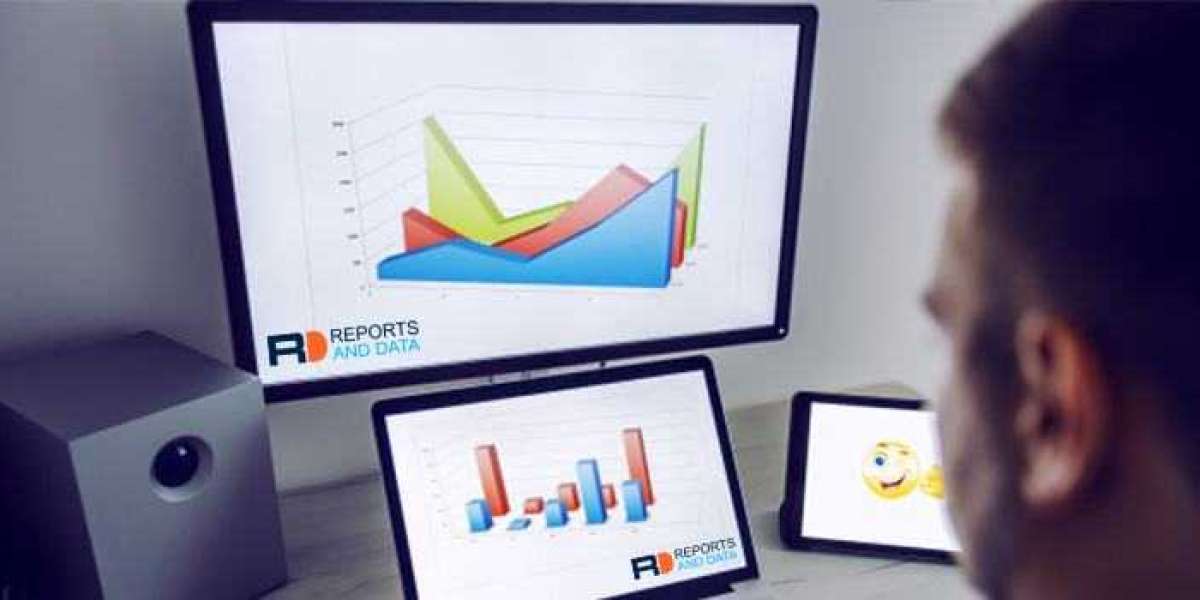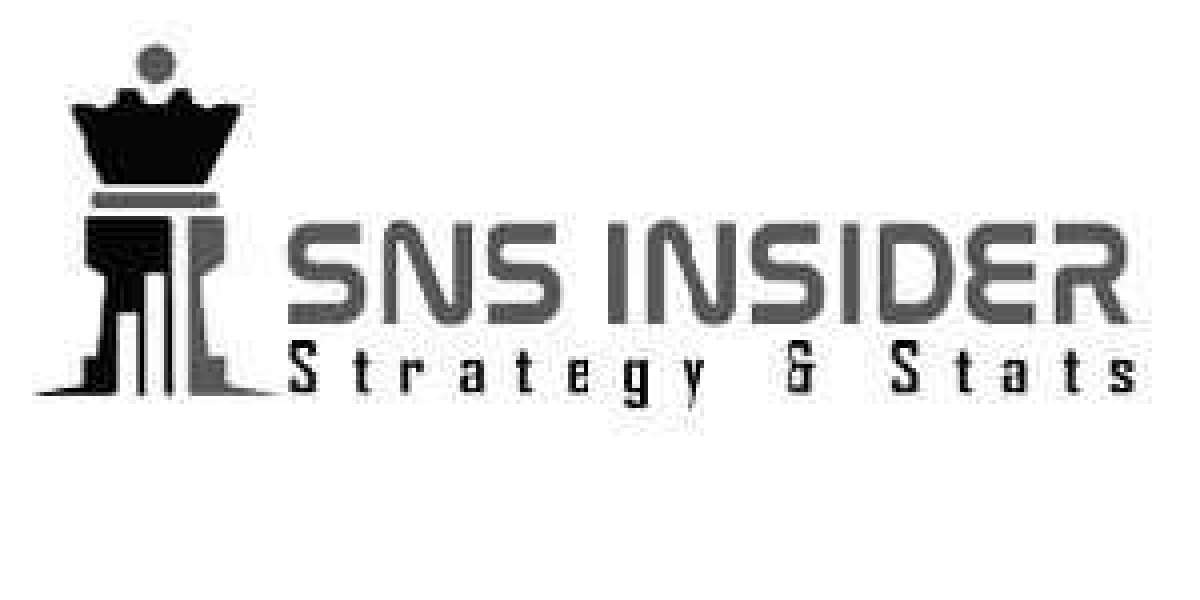In today’s rapidly evolving healthcare landscape, efficient management of administrative and financial processes is critical to ensuring optimal patient care and sustainable operations. One of the key solutions revolutionizing this space is revenue cycle management (RCM) software. This technology streamlines the complex process of managing a healthcare provider's revenue cycle, from patient registration to the final payment collection. In this article, we will explore what revenue cycle management software is, its benefits, features, and its transformative impact on healthcare organizations.
What is Revenue Cycle Management Software?
Revenue cycle management software is a digital solution designed to optimize and automate the financial processes within healthcare organizations. It handles the end-to-end revenue cycle, starting from patient scheduling and registration, insurance verification, billing, coding, claim submission, and finally payment collection. By centralizing these functions, RCM software helps healthcare providers reduce errors, improve cash flow, and enhance the patient experience.
The implementation of revenue cycle management software allows healthcare organizations to focus on their core mission of providing quality patient care while ensuring their financial sustainability.
Key Features of Revenue Cycle Management Software
Modern RCM software comes equipped with a suite of features designed to address the complexities of healthcare billing and administration. Here are some of the standout capabilities:
1. Patient Registration and Scheduling
RCM software streamlines the patient intake process by automating scheduling and registration. It ensures that all necessary patient information, including insurance details, is captured accurately, reducing errors during subsequent billing stages.
2. Insurance Verification
Verifying a patient’s insurance eligibility is a critical step in preventing claim denials. RCM software integrates with insurance providers to validate coverage in real-time, ensuring accurate billing.
3. Medical Coding and Billing
The software simplifies coding for medical procedures and diagnoses by providing up-to-date code libraries (e.g., ICD-10, CPT). This reduces the risk of coding errors and ensures compliance with industry standards.
4. Claim Management
RCM software facilitates seamless claim submission and tracking. Advanced systems flag errors before submission, improving the likelihood of first-pass claim acceptance by payers.
5. Payment Processing
Efficient payment collection is a hallmark of effective revenue cycle management software. The system enables multiple payment options, including online payments, and tracks outstanding balances.
6. Analytics and Reporting
Comprehensive reporting tools provide healthcare organizations with insights into their financial performance. Key performance indicators (KPIs) like claim denial rates, days in accounts receivable (AR), and revenue leakage can be monitored and addressed proactively.
7. Compliance Management
Given the stringent regulatory environment in healthcare, RCM software ensures compliance with standards such as HIPAA, reducing the risk of legal penalties.
Benefits of Revenue Cycle Management Software
Adopting revenue cycle management software offers a wide range of benefits that directly impact both financial performance and patient satisfaction:
1. Improved Cash Flow
Automating billing and payment processes accelerates revenue collection, minimizing delays caused by manual interventions or errors.
2. Reduced Claim Denials
With built-in validation tools, RCM software significantly reduces claim errors, increasing the likelihood of approval on the first submission.
3. Enhanced Operational Efficiency
By automating repetitive tasks, staff can focus on higher-value activities, such as patient care and strategic planning.
4. Better Patient Experience
Transparent billing processes and multiple payment options improve patient satisfaction. Many RCM solutions also offer patient portals for easy access to invoices and payment histories.
5. Data-Driven Decision Making
The analytics capabilities of RCM software provide actionable insights into financial and operational performance, helping organizations identify and address bottlenecks.
The Role of Revenue Cycle Management Software in Healthcare Transformation
The healthcare industry faces unique challenges, including rising costs, complex regulatory requirements, and increasing patient expectations. Revenue cycle management software addresses these challenges by enabling:
1. Financial Sustainability
Efficient revenue cycle management ensures that healthcare providers can maintain a stable cash flow, even in a challenging economic environment. By reducing administrative overhead and accelerating payment collection, organizations can reinvest in patient care and technological advancements.
2. Compliance and Risk Mitigation
Healthcare providers operate under strict regulatory frameworks. RCM software ensures compliance with evolving standards, such as ICD code updates and payer requirements, reducing the risk of penalties.
3. Scalability
As organizations grow, managing a larger patient volume and complex billing processes becomes increasingly difficult. RCM software scales effortlessly, ensuring that revenue cycle processes remain efficient regardless of the organization’s size.
4. Integration with Other Systems
Modern RCM solutions integrate seamlessly with electronic medical records (EMRs) and other healthcare IT systems, creating a unified platform that enhances both administrative and clinical operations.
Choosing the Right Revenue Cycle Management Software
Selecting the right RCM software is critical to achieving optimal results. Healthcare organizations should consider the following factors:
1. Customizability
The software should adapt to the specific needs of the organization, whether it’s a small clinic or a large hospital network.
2. Ease of Use
A user-friendly interface ensures quick adoption by staff and minimizes training requirements.
3. Integration Capabilities
RCM software must integrate with existing systems, such as EMRs, to streamline workflows and avoid data silos.
4. Vendor Support
Reliable customer support and regular software updates are essential for maintaining smooth operations.
5. Cost
While cost is a consideration, organizations should weigh the long-term benefits against the initial investment.
Challenges in Implementing Revenue Cycle Management Software
Despite its benefits, implementing revenue cycle management software can pose challenges:
1. Resistance to Change
Staff may be reluctant to adopt new systems. Comprehensive training and clear communication about the benefits can help mitigate this.
2. Data Migration
Transferring data from legacy systems to new software can be complex and time-consuming.
3. Customization Requirements
Some organizations may require extensive customization, which can delay implementation.
4. Initial Costs
While RCM software provides long-term savings, the upfront investment can be significant for smaller practices.
Conclusion
Revenue cycle management software is a game-changer for healthcare organizations, providing the tools needed to navigate the complexities of modern billing and administrative processes. By improving cash flow, reducing claim denials, and enhancing operational efficiency, RCM software not only supports financial sustainability but also contributes to better patient outcomes.
For healthcare providers looking to stay competitive and maintain high-quality care, investing in a robust revenue cycle management software solution is no longer optional—it’s a necessity. By carefully selecting and implementing the right solution, organizations can achieve transformative results and set the stage for long-term success.



